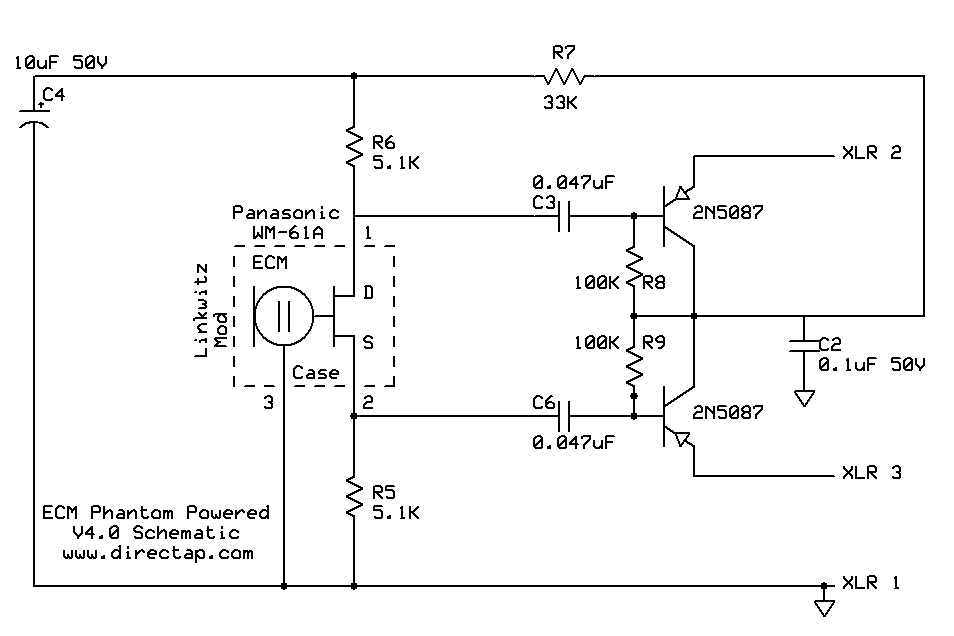

I also performed some measurements for the evaluation of the test method. Actually, the Panasonic microphone was supported on the body of the B&K microphone as shown in Photos 2 and 3. PHOTO 1: The Bruel & Kjaer sound level meter and the microphone with the Panasonic cartridge.Ģ audioXpress 2007 I placed the reference B&K micro-phone and the Panasonic microphones as close together as possible. Tube, Solid State, Loudspeaker Technology I compared the two measurements and determined the response of the uncali-brated microphone. Then I used the same source to measure the response of the uncalibrated Panasonic microphone. THE TESTING METHODFor this simple testing method, I used an acoustic source and measured the frequency response with the reference B&K microphone. I performed the evaluation of the mi-crophones with the following measure-ments:Ī) For the standard Panasonic micro-phonesTest A1: the low-frequency response of the standard microphone.Test A2: the middle- and high-frequency response of the standard microphone.Test A3: the phase response of the stan-dard microphone.Test A4: the distortion of the standard microphone at the level of 115 dBSPL.ī) For the Linkwitz modified Pana-sonic microphonesTest B1: the low-frequency response of the modified microphone.Test B2: the middle- and high-frequency response of the modified microphone.Test B3: the phase response of the modi-fied microphone.Test B4: The distortion of the modi-fied microphone at 125 and 130 dBSPL levels.

A complete Panasonic microphone togeth-er with the Bruel & Kjaer Sound Level Meter is shown in Photo 1.

I placed all the cartridges on the front side of an aluminum tube, which had an inner diameter of 7mm, an outer diameter of 10mm, and a length of about 10cm. The purpose of this modification is the reduc-tion of the microphone distortion at high SPL levels. Tested the microphones as provided by the manufacturer, and, second, I modified the Panasonic microphones according to Mr. The ar-ticle is divided into two parts: first, I I investigate how a cheap microphone cartridge compares with a high precision, high price (at least for the audio amateur) microphone. This article presents the results of these tests. I had ordered the units used for testing from Digi-Key (part number P9925-ND) at the end of 2006. This gave me the opportunity to test the Panasonic WM-61A omnidirectional back electret microphone cartridge. This microphone study measures how distortion affects performance.Īrticle prepared for I recently had access to a high precision Bruel & Kjaer Sound Level Meter type 2230 equipped with a pre-polarized condenser microphone type 4155.


 0 kommentar(er)
0 kommentar(er)
